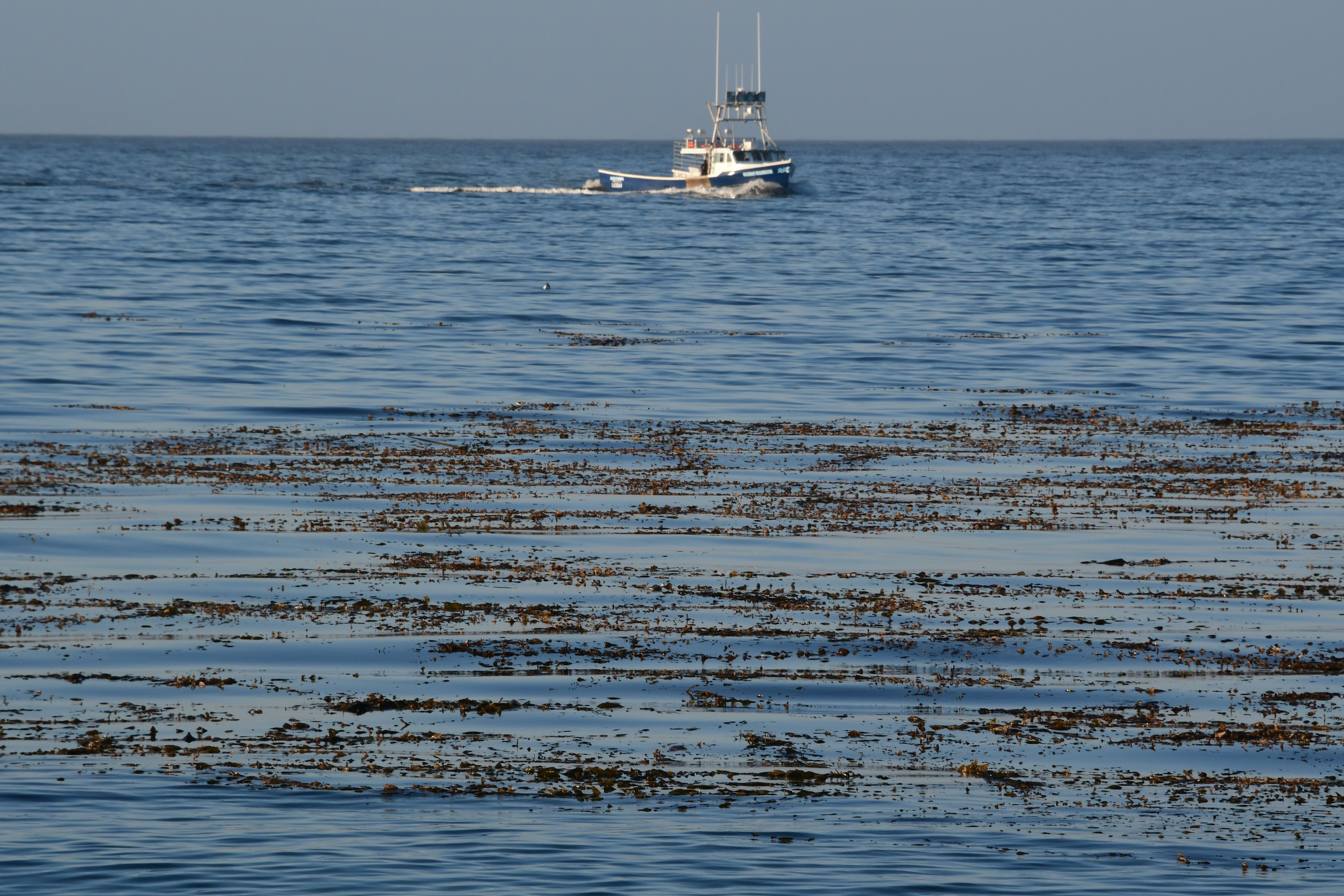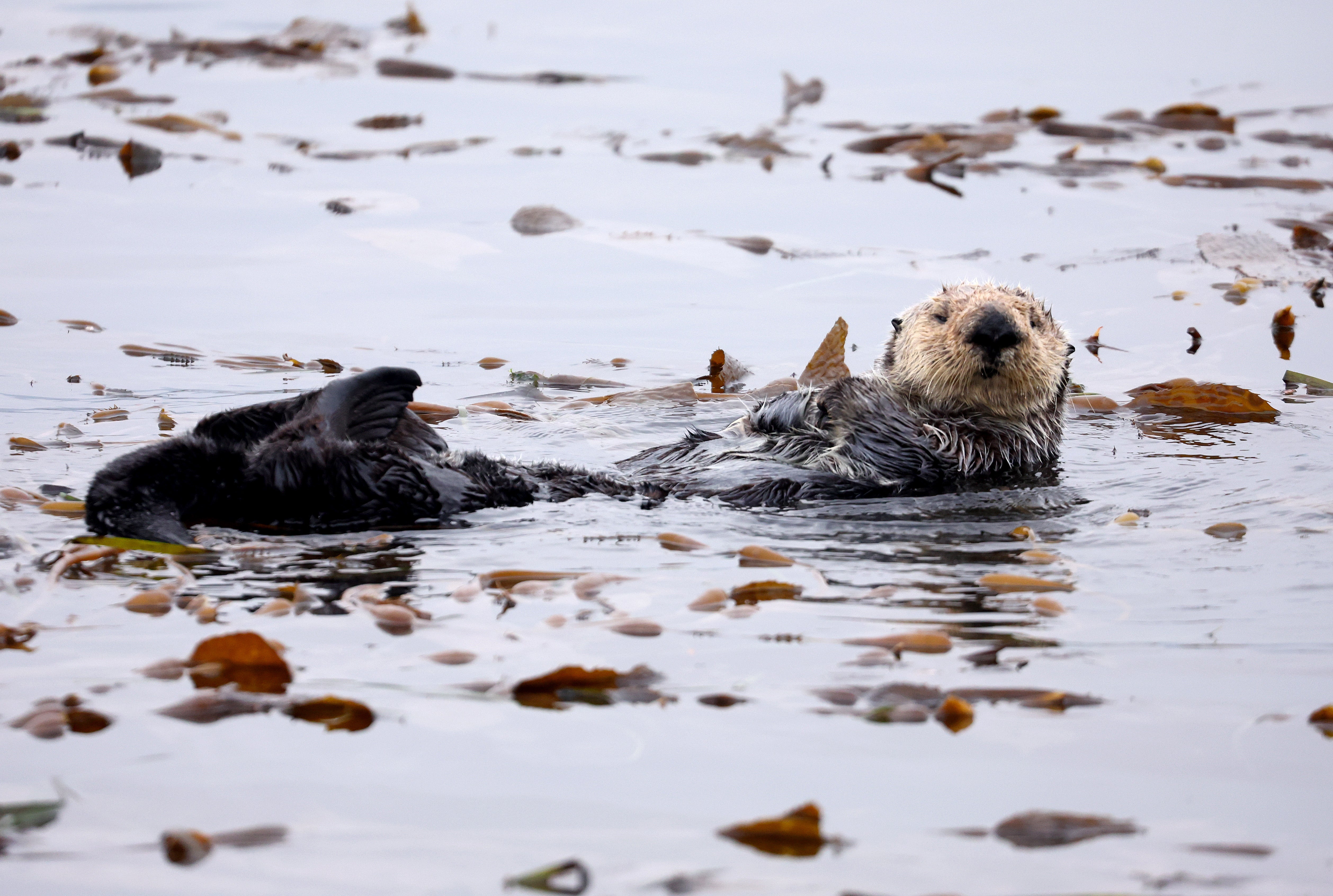Your support helps us to tell the story
From reproductive rights to climate change to Big Tech, The Independent is on the ground when the story is developing. Whether it’s investigating the financials of Elon Musk’s pro-Trump PAC or producing our latest documentary, ‘The A Word’, which shines a light on the American women fighting for reproductive rights, we know how important it is to parse out the facts from the messaging.
At such a critical moment in US history, we need reporters on the ground. Your donation allows us to keep sending journalists to speak to both sides of the story.
The Independent is trusted by Americans across the entire political spectrum. And unlike many other quality news outlets, we choose not to lock Americans out of our reporting and analysis with paywalls. We believe quality journalism should be available to everyone, paid for by those who can afford it.
Your support makes all the difference.
Adorably fuzzy sea otters aren’t just cute. The marine mammals serve a crucial role, helping to restore the giant kelp forests they rely on by removing their top predators, the sea urchins.
Kelp forests tower above the ocean floor, with the large brown algae providing food and shelter for thousands of species. However, they are threatened by storms, pollution, warming waters, and overharvesting. Sea otter population growth during the last century has enhanced kelp forest resilience, according to researchers at the Monterey Bay Aquarium.
When studying sea otters along the coastlines of islands in Southern California and British Columbia, scientists found that how quickly these forests grew back depended on their location. But, they didn’t know why.
Now, new research has found that sea otters’ level of influence also depends on what other species they interact with.

“We always thought keystone species control their ecosystem the same way, regardless of where they are or what else is in the ecosystem,” Ryan Langendorf, an environmental studies researcher at the University of Colorado at Boulder, said in a statement. “A more modern view is that they are still very important, but they can have different effects in different places.”
Langendorf is the lead author of the findings published Monday in the journal PNAS.
They used decades of observations to create a time series of interactions, looking at how they interact and the number of local species.
They determined that while kelp forests had grown back in both British Columbia and Southern California, they regenerated faster off British Columbia. So, they developed a model to create a “movie” of species interactions, showing how sea otters, urchins, and kelp interacted in both areas.
Ultimately, there was more species competition off the Golden State, slowing sea otters’ positive impact on the ecosystem. They didn’t have as strong of an effect as they did up north.
Now, the authors say their model can help researchers better understand ecosystem changes when species are reintroduced to places that are changing and evolving: a constant as the oceans alter due to climate change.

A changing climate threatens the 3,000 southern sea otters off California, amplifying dangers posed by exposure to harmful pathogens and algal blooms, susceptibility to white shark bites through losses in kelp canopy cover, and decreasing some prey availability through ocean acidification. Southern sea otters occupied only about 13 percent of their historical range two years ago.
“The dynamic nature of ecosystems has long kept ecologists from understanding what species need and how best to manage them,” Lagendorf explained.
“Being able to turn common survey data into a movie of species reacting to changes in their environment and each other feels like renewed hope for a field that more than ever needs to offer useful advice about how to help the many complex living systems we live with and cherish,” he said.

